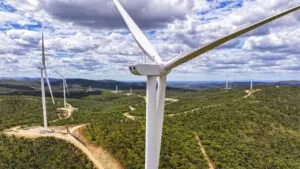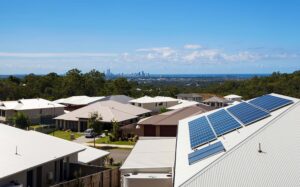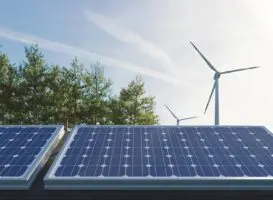Wind, solar, and battery storage are expected to account for nearly all of the new utility-scale generating capacity set to be brought online in the United States this year.
According to the latest numbers from the US government’s Energy Information Administration (EIA), 2023 is set to be a blockbuster year for the big three renewable energy technologies – wind, solar, and battery storage.
It says these three technologies will account for 82 per cent of overall new capacity. Just 20 years ago, fossil fuels accounted for all but a tiny fraction of new capacity, although the balance has switched in recent years.

Just over half of new US generating capacity expected to be brought online in 2023 will be solar power. According to the EIA, if all planned solar capacity comes online by year’s end, it will be the biggest year for solar capacity additions in the US and the first time more than half of all US capacity additions are solar.
This will be an important step for the United States’ efforts to decarbonise, with the 73.5GW of utility-scale solar capacity online as of January 2023 accounting for 6% of total US generating capacity.
Wind energy is also expected to have a strong 2023, with another 7.1GW expected to be brought online throughout the year.
If all planned wind energy capacity is brought online, it would increase the United States’ total wind energy capacity to 148.4GW.
The wind energy industry continues to be focused on the central part of the United States, known for its blustery wind conditions and wide-open spaces.
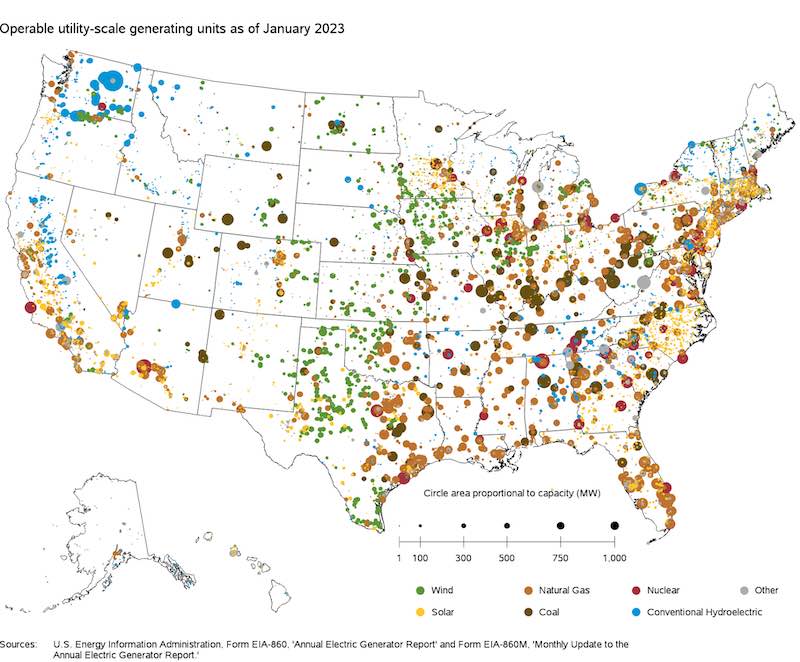
As can be seen, solar power is also relatively concentrated in certain locations – such as the US East Coast, California, Texas, and Minnesota.
Finally, EIA data predicts that, to help integrate all this wind and solar capacity, developers are on track to add 8.6GW of battery storage power capacity to the grid by the end of the year, which would double US battery power capacity.
These latest numbers confirm figures published by the EIA early last month which promised that, of the 54.5GW of new utility-scale electric-generating capacity developers are planning to add to the grid this year, 54% will be solar power and another 17% battery storage.
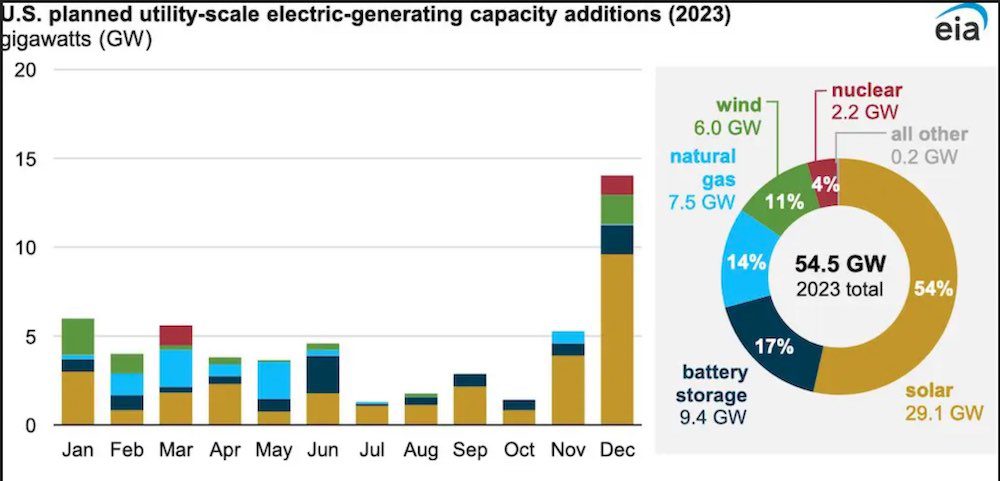
However, predicted wind energy capacity additions increased in the space of just a month.


